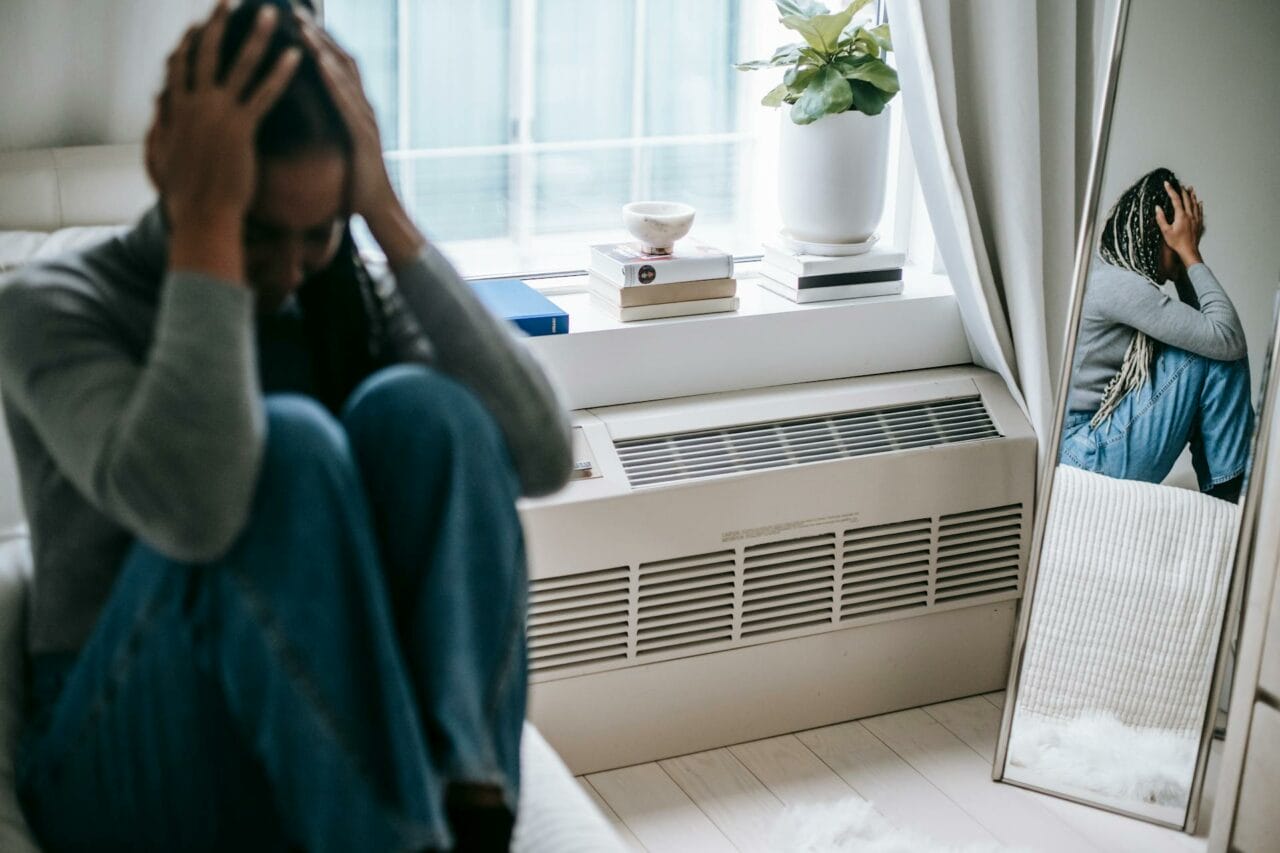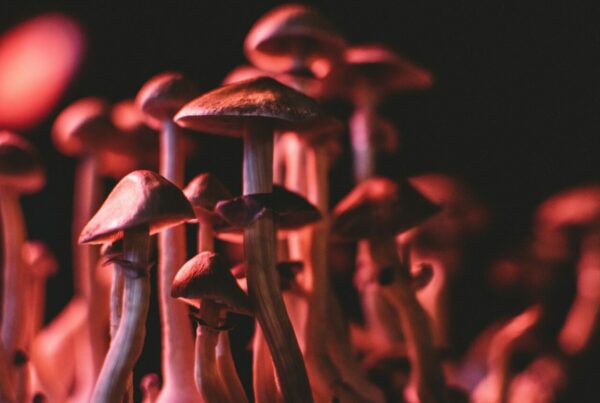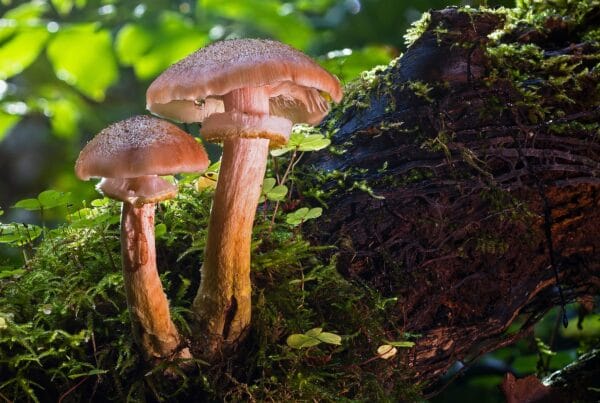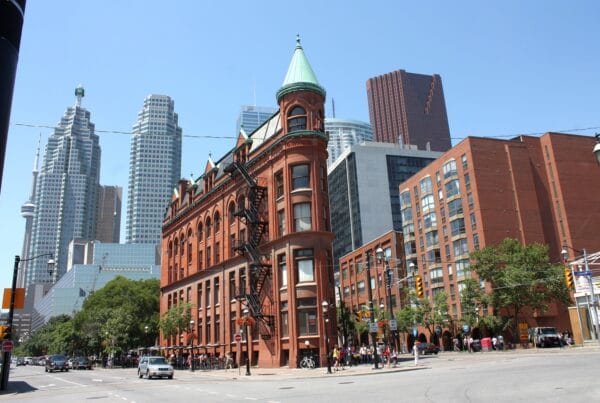Typical anxiety treatments consist of medication and therapy. Yet, due to potential side effects, these methods may not work for everyone. This has led to a growing interest in alternative solutions like psychedelic therapy that employ substances such as “magic mushrooms Montreal” and the like.
Welcome to your prime resource for buying psychedelics online in Canada. Our services are quick, secure, and unobtrusive.
[toc]Key Points:
- Psychedelic therapy combines the healing properties of psychedelic substances with traditional talk therapy to enhance the healing process.
- Psychedelic therapy has the potential to improve emotional wellbeing and overall quality of life through spiritual experiences.
- The process of integration is a crucial element in psychedelic therapy, designed to ensure the long-term effectiveness of the therapy session.
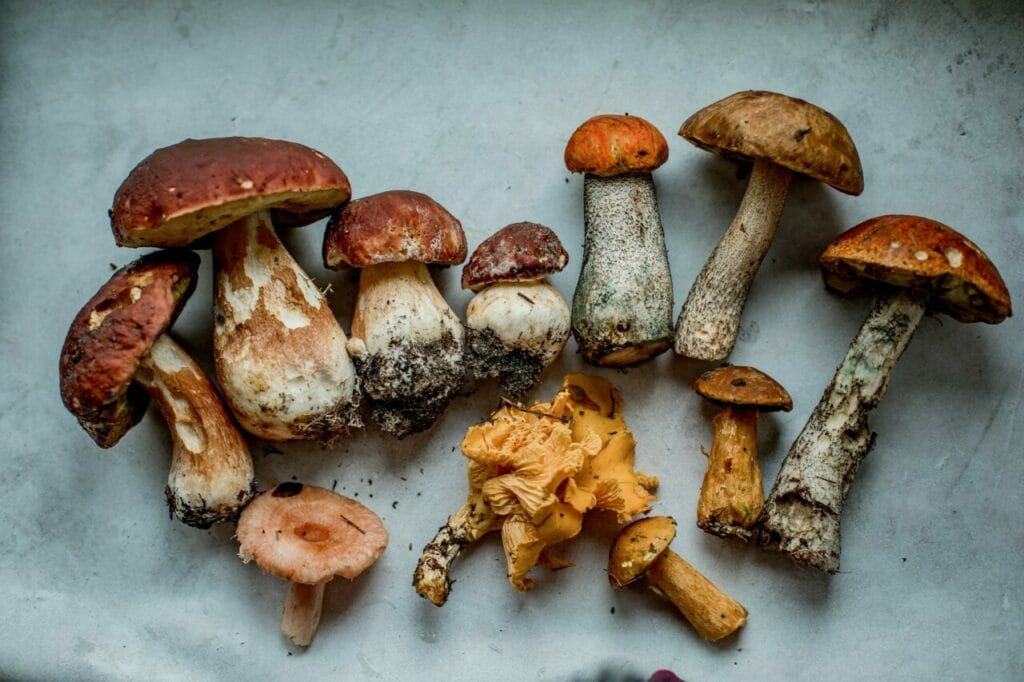
Statistics on Anxiety Disorders in Canada
According to the 2022 Mental Health and Access to Care Survey, the prevalence of anxiety disorders in Canada is alarmingly increasing. The percentage of Canadians aged 15 and above diagnosed with generalized anxiety disorder in the year before the survey has seen a rise from 2.6% in 2012 to 5.2% in 2022.
Contrasting Traditional Treatment with Psychedelic Therapy
Standard treatments for anxiety disorders generally involve a combination of psychotherapy and medication. Psychotherapy, also referred to as psychological counselling, is a collaborative approach between a therapist and the patient to alleviate anxiety symptoms.
On the other hand, anxiety medications reduce symptoms by tailoring the treatment to the specific type of anxiety disorder and considering any concurrent mental or physical health issues. Although treatments may vary based on individual situations, psychotherapy and medication form the core strategies.
In psychedelic therapy, sessions are unique as they include one or two doses of a psychedelic substance, complemented with other therapeutic
Methods:
Therapy Utilizing Psychedelics
Psychedelic therapy employs therapeutic techniques that take advantage of the healing properties of psychedelic substances. These substances, distinguished by their hallucinogenic effects, have been integral to traditional medicine and spiritual rituals in various cultures for millennia.
The two principal substances used in these therapeutic sessions are Lysergic acid diethylamide (LSD) and psilocybin. LSD induces alterations in mood, perception, and consciousness. Psilocybin, according to the Health Canada website, is the active ingredient in magic mushrooms. Consuming these mushrooms can evoke sensory experiences, such as visual, auditory, or tactile hallucinations.
Dosage Guidelines for Three Sessions
In psychedelic therapy, experts assess patients to determine the appropriate dosage of psilocybin for their sessions. Dosage levels vary, with some patients beginning at moderate levels, while others can handle larger amounts of the substance. The treatment typically involves one to three medication sessions, each lasting six to eight hours and spaced several weeks apart. This method differs from traditional medications that require daily consumption until further directed by a healthcare provider.
Experiencing Spiritual and Transformational Encounters
Anxiety medications are designed to control symptoms, whereas therapy aims to tackle the root causes of the disorder. They do not provoke transformative visions or feelings of divine connection. However, psychedelic therapy can significantly influence emotional health and overall life quality.
The immersive experiences can trigger profound realizations, increased self-awareness, and better emotional management. These impacts can stimulate personal growth, inspire positive behavioral modifications, and enhance overall mental health.
Outcomes
| Expanded Consciousness | Altered states of consciousness provide a renewed view of the world. | These heightened states often lead to:Deep revelationsEpiphaniesImproved comprehension of oneself and one’s surroundings |
| Emotional Healing | Enables emotional healing by offering the chance to face and process unresolved trauma, grief, or emotional pain. | This process assists in:Unearthing deeply suppressed emotionsReleasing emotional obstructionsFostering emotional wellness |
| Increased Self-Awareness | Strengthens the connectivity among sensory brain regions while reducing connectivity within the default mode network. This network interconnects different brain regions, focusing on self-reflection and one’s personal subjective experience.” | These areas work together to: Modify negative thought cycles, beliefs, and recurring behaviours. Empower users to gain profound understanding of their true selves, motivations, and interpersonal relationships. |
Somatic Therapy
Somatic therapy, although not traditionally linked with psychedelic therapy, is receiving recognition for its potential benefits. This body-oriented approach explores the connection between the mind and the body. It’s based on the understanding that past traumas can result in trapped sensations within the body. Somatic therapists help individuals identify these bodily sensations and apply therapeutic methods to alleviate this tension.
Integration
This offers a platform for clients to attain clarity, gain perspective, and cultivate wisdom from their psychedelic experiences. The transformative process occurs during integration sessions with the therapist and the client’s proactive steps outside of psychedelic journeys. Integration enhances the transformative effects of psychedelics by actively engaging with surfaced insights and emotional revelations.
Types of Integration
- Journaling. By documenting experiences, individuals can consolidate memories for easier retrieval in the future. It also enables clients to analyze their experiences from various perspectives to discover different interpretations, meanings, and connections.
- Art. This provides an effective way to capture the complex emotions and feelings of a psychedelic journey in a creative and visually expressive manner.
- Practicing Nature-based Approaches. These can be as simple as taking mindful walks in the woods or seeking peace next to a calm body of water. Therapists can help clients recognize the intricate patterns within nature or suggest using natural elements like plants, stones, water, and candles as grounding tools.
- Engaging in Integration Groups. Group sessions with individuals undergoing similar experiences offer a significant opportunity for reflection, support, and connection. The capacity of psychedelic therapy to foster a sense of interdependence and shared understanding beyond individual boundaries is fundamental.
The Significance of These Techniques in Anxiety Treatment
The primary pharmacological principle of all psychedelics is their ability to serve as agonists, or activators, of serotonin (5-HT) 2A
Psychedelics are known for their impact on the brain’s default mode network, a network closely related to repetitive thoughts and linked to conditions like depression and anxiety. Through therapy, anxiety levels can be significantly reduced, with the effects lasting up to 12 months after treatment.
After a session with psilocybin, which often includes profound spiritual experiences, the patient partakes in a conversation with their therapist. During these therapeutic discussions, skilled healthcare professionals focus on actively listening to the patient, applying specific methods and techniques to enhance the positive effects of the treatment.
All these methods work together to help anxiety sufferers achieve lasting relief in fewer sessions compared to traditional treatments.
Transform Your World, One Session at a Time
While many people rely on traditional anxiety treatments, not all find them efficient or satisfying. Psychedelic therapy provides an alternative, using innovative techniques that can trigger transformative experiences. These methods work together to deliver significant, long-term results—sometimes up to a year after just one to three sessions.
Beyond improving mental health, this therapy could also result in substantial cost savings for patients. Ready to discover a new path to wellness? Unleash the potential of psychedelic therapy with Deadhead Chemist Canada.
Frequently Asked Questions
Is there a specific type of magic mushroom used for psychedelic therapy?
In studies on psychedelic-assisted therapy, the type of mushroom used is often not specified. However, Psilocybe cubensis is typically the preferred choice.
Online magic mushroom dispensaries offer a variety of strains to cater to different needs. You have the freedom to choose any strain to experience the therapeutic benefits of psychedelics. But be careful and select a reputable vendor to avoid obtaining unsafe magic mushrooms from dubious sources.
How long does psychedelic therapy last?
The duration of psychedelic therapy can vary as it includes several stages. A single session where the psychedelic is taken lasts between 4 to 8 hours. The entire therapy process, which includes preparation, the session, and follow-up discussions, can last from a few weeks to several months.
As for long-term effects, individuals often note improvements in their mental health for several months or even up to a After just one year or a few therapeutic sessions.
Several sessions are incorporated.
Does a therapist guide the patient on a spiritual journey?
During this stage, professionals like therapists or other staff may provide guidance for the patient. Studies suggest that Spiritual Health Practitioners (SHPs) offer distinctive and beneficial contributions to improve participant well-being and support their progression throughout a spiritual journey. Some individuals engage the help of an SHP, while others rely on the therapist or specialist at hand.
Is the concept of “set and setting” integrated into psychedelic therapy?
Indeed, both the mental attitude (set) of the individual and the physical surroundings (setting) are essential to safely guiding spiritual explorations during a psychedelic therapy session. The person’s mental state directs their spiritual journey, influencing the experience both before and throughout the psychedelic session. The course and intensity of the experience are shaped by factors such as beliefs, expectations, emotional states, and intentions.
Primary Source: Psychedelics as Emerging Treatments for Anxiety Disorders: Opportunities and Challenges in a Budding Field – PMC (nih.gov)
Author Information:
Franklin King, IV, MD. and Rebecca Hammond, M.D.
Related Articles:

